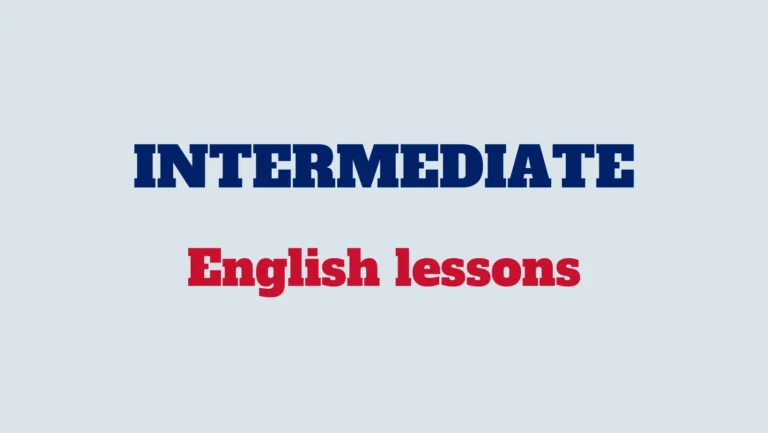Welcome to an exploration of the art of persuasion through rhetoric in Camille A. Langston’s enlightening talk. In this listening activity, we’ll dive into the timeless wisdom passed down by Aristotle over 2,000 years ago, as he unravelled the intricacies of rhetorical techniques. Discover how rhetoric, the art of persuasive communication, is skillfully employed in various forms, particularly focusing on deliberative rhetoric that envisions and influences the future. Join us as we dissect Aristotle’s three persuasive appeals—ethos, logos, and pathos—and unravel the nuanced strategies used to achieve effective communication.
Watch the video and listen
Video transcript (click here ⬅)
(00:00) How do you get what you want
using just your words? Aristotle set out to answer exactly
that question over 2,000 years ago with the Treatise on Rhetoric. Rhetoric, according to Aristotle, is the art of seeing the available
means of persuasion. And today we apply it to
any form of communication. Aristotle focused on oration, though,
(00:27) and he described three types
of persuasive speech. Forensic, or judicial, rhetoric establishes facts
and judgements about the past, similar to detectives at a crime scene. Epideictic, or demonstrative, rhetoric makes a proclamation
about the present situation, as in wedding speeches. But the way to accomplish change
is through deliberative rhetoric,
(00:48) or symbouleutikon. Rather than the past or the present, deliberative rhetoric
focuses on the future. It’s the rhetoric of politicians debating a new law by imagining
what effect it might have, like when Ronald Regan warned
that the introduction of Medicare would lead to a socialist future
spent telling our children
(01:08) and our children’s children what it once
was like in America when men were free. But it’s also the rhetoric of activists
urging change, such as Martin Luther King Jr’s dream that his children will one day live
in a nation where they will not be judged
by the color of their skin, but by the content of their character.
(01:26) In both cases, the speaker’s present
their audience with a possible future and try to enlist their help
in avoiding or achieving it. But what makes
for good deliberative rhetoric, besides the future tense? According to Aristotle, there are three
persuasive appeals: ethos, logos, and pathos. Ethos is how you convince an audience
of your credibility.
(01:48) Winston Churchill began his 1941 address
to the U.S. Congress by declaring, “I have been in full harmony all my life
with the tides which have flowed on both sides of the Atlantic
against privilege and monopoly,” thus highlighting his virtue
as someone committed to democracy. Much earlier, in his defense
of the poet Archias,
(02:09) Roman consul Cicero appealed to
his own practical wisdom and expertise as a politician: “Drawn from my study
of the liberal sciences and from that careful training
to which I admit that at no part of my life I have ever
been disinclined.” And finally, you can demonstrate
disinterest, or that you’re not motivated
by personal gain.
(02:30) Logos is the use of logic and reason. This method can employ rhetorical devices
such as analogies, examples, and citations of research or statistics. But it’s not just facts and figures. It’s also the structure and content
of the speech itself. The point is to use factual knowledge
to convince the audience,
(02:51) as in Sojourner Truth’s argument
for women’s rights: “I have as much muscle as any man
and can do as much work as any man. I have plowed and reaped and husked
and chopped and mowed and can any man do more than that?” Unfortunately, speakers can also
manipulate people with false information that the audience thinks is true,
(03:14) such as the debunked but still widely
believed claim that vaccines cause autism. And finally, pathos appeals to emotion, and in our age of mass media,
it’s often the most effective mode. Pathos is neither inherently good nor bad, but it may be irrational
and unpredictable. It can just as easily rally
people for peace
(03:35) as incite them to war. Most advertising, from beauty products that promise
to relieve our physical insecurities to cars that make us feel powerful, relies on pathos. Aristotle’s rhetorical appeals
still remain powerful tools today, but deciding which of them to use is a matter of knowing
your audience and purpose,
(03:56) as well as the right place and time. And perhaps just as important is being
able to notice when these same methods of persuasion
are being used on you.
Uncover your listening skills with this quiz
As we conclude this insightful listening experience, we’ve delved into the essence of persuasive communication through rhetoric. Aristotle’s enduring insights continue to guide us in understanding the art of persuasion, emphasizing credibility (ethos), logical reasoning (logos), and emotional appeal (pathos). Whether it’s a politician shaping future policies or an activist urging societal change, the mastery of deliberative rhetoric remains a potent force. Remember, the key lies not just in wielding these rhetorical tools but also in recognizing when they’re used on us. May your newfound awareness empower you in navigating the intricate world of persuasive communication. Happy listening!



